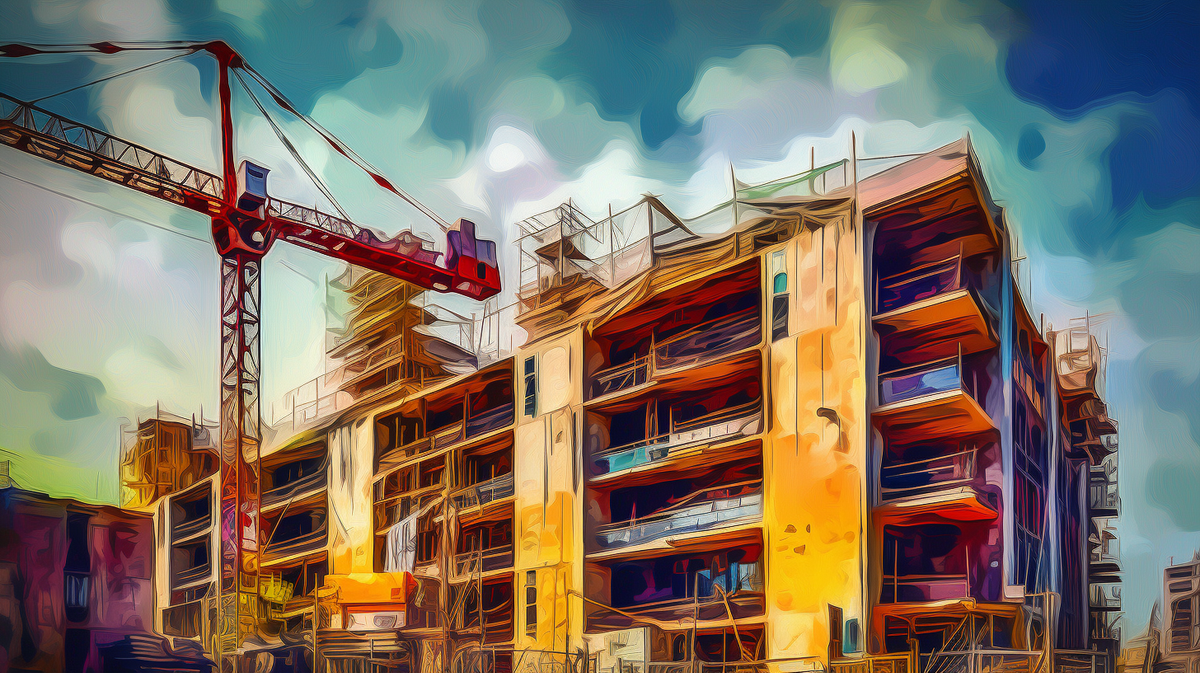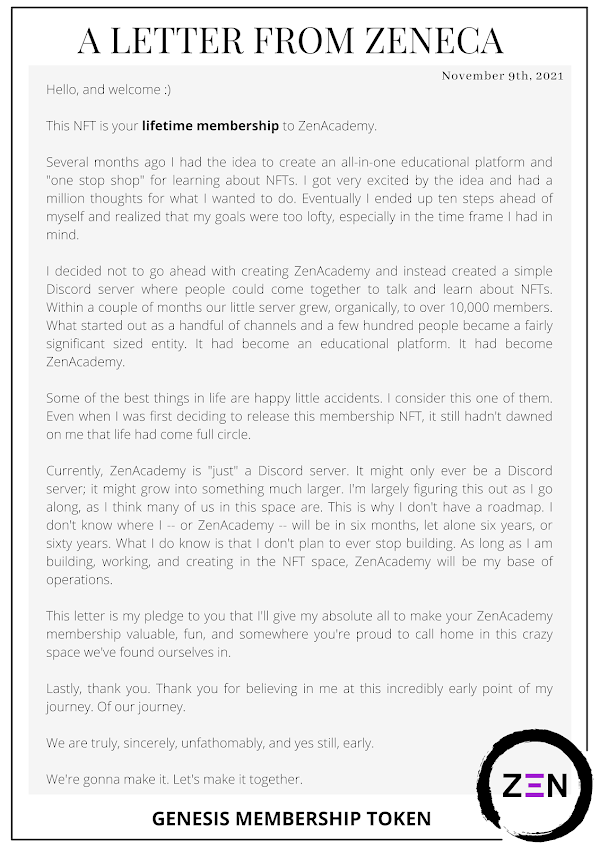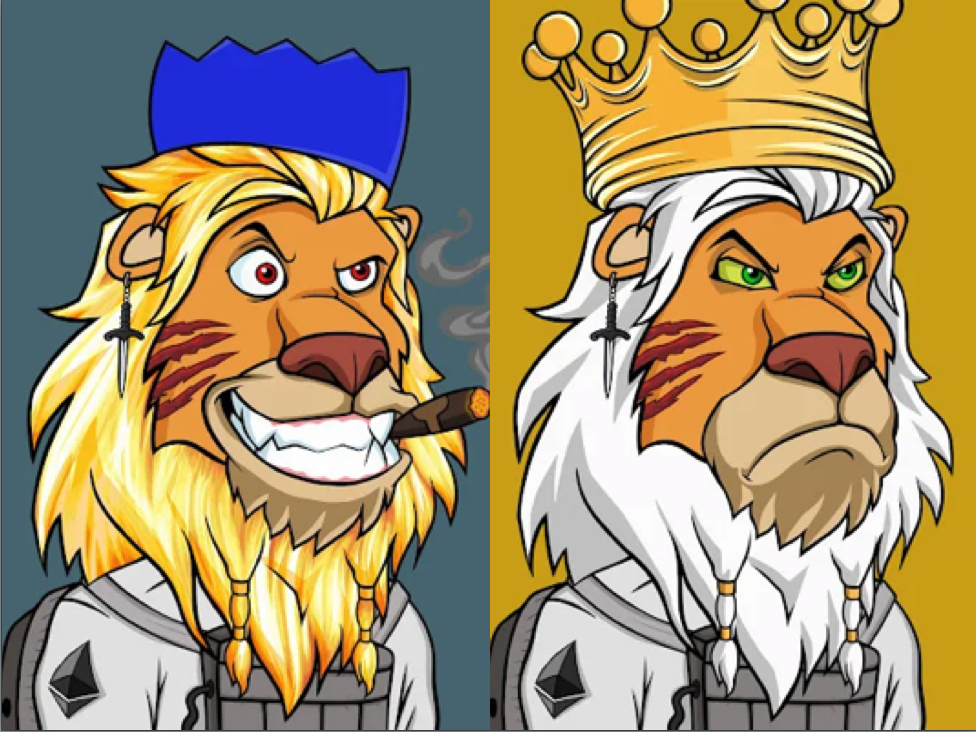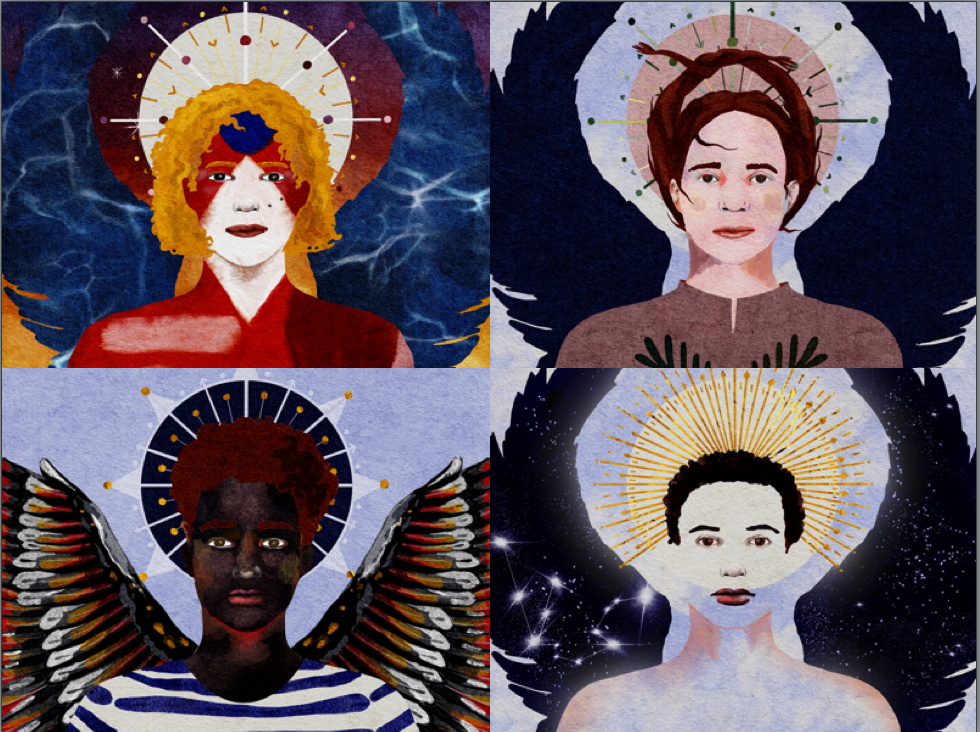Things to consider while building an NFT project

What are some good things to consider if you're building a project?
I think we're still too early in the space to have a definitive list of patterns and anti-patterns, but I've been collecting ideas in a text file for a while.
If that's of interest, here are 16 of them...
Before I begin, please bear in mind that not all those ideas are right for every project. Part of the job of a founder is to look at the plethora of good ideas out there and select the ones that make sense for their own project.
In fact, that's probably worth making the first pattern.
1. Saying yes to the right stuff, and being willing to say no
Every project worth investing in is unique. Most projects not worth investing in are derivative of others, usually cash grabs.
One of the first mindsets NFT project founders should adopt is being very selective with project patterns.
Good strategy is more about saying no than about saying yes. You can't do everything, so you need to pick the things that you ARE going to do and do those well.
There are a lot of shit habits that are smeared across the NFT space. Some were once useful but now are not. Some r useful for most projects but not all. Some r just cash grab patterns. Some r good ideas w/ very narrow usefulness.
It's the founder's job to be pick the right ones.
2. Defining your ideal members
One of the key superpower for most NFT projects is their community. A strong community can only emerge if the right people join the project. If you don't have any idea who those right people are, you're relying on luck to attract them.
I think projects have a much higher chance of success if the founders really think hard about who they want in the community and make deliberate efforts to make the community well suited just to those people.
That means, for example, that if you're not interested in attracting ppl who invest in many projects... then you should not create an alpha channel in your Discord.
Every thing you add has a cognitive cost. Focus on what matters to your ideal members.
3. Have a unique PFP per token
Projects like @Llamaverse_ and Zenacademy (Disclosure: Llamaverse & Zenacademy ) launched as ERC1155 tokens - i.e. there are many tokens with a single not-particularly-interesting image.

That's ok, and as both projects are doing alright it shows that you don't need a PFP to do well. Zenacademy has gone from 0.03 mint to a current floor of 0.269. The Llamaverse silver pass was, astonishingly, a free mint, now trading at over 1.5 eth.

That said, NFTLlama identified fairly early on that trading action was being limited by the lack of a PFP. It's also a marketing fail, since people can't adopt the project's visual style as their online identity.
Which is why Llamaverse_ is relaunching with a PFP.
I think another failure of not having a PFP is that well designed unique PFPs encourage emotional engagement and so make the NFT more sticky. What are you more likely to keep? The can a couple of tweets earlier, which is non-unique, or one of these:

Good art is not free, so it can seem like an unnecessary cost, but really, I think the ability to get emotionally attached to your investments is a powerful feature of NFT projects, and one that founders should be looking to leverage rather than ignore.
4. Have a slow, grind-free, low-hype build up leading to a slow mint
As I've argued before, mintlist grinds discourage ideal members and "whale contributors" from joining the project.
https://twitter.com/swombat/status/1453660407546236932?ref_src=twsrc%5Etfw
Yeah, it won't be any surprise to my regular readers that I advocate for low-hype mints. Part of my reasoning is that hyped mints are more risky to invest in. But there's also a good reason for project founders to do this, beyond attracting me as an investor.
Most projects that succeed long term, and that depend on having a good community, take their time to build it slowly.
The quicker it is built, the quicker it comes apart when the hype dies. And the hype always dies eventually.
People who have joined your community because they like being there and they feel aligned with your purpose won't leave just because the floor dropped by 50% during the bear market, or even because of a post-mint dip.
Ideally, you want your community to be composed of people who would want to be there even if there was no NFT. The NFT then just makes that community super-powered.
I think slow, deliberate, grind-free community-building is the best way to do this so far.
And just to put this in context - slow in NFT-land means a couple of months. This is how long it took for the initial communities for @crypto_coven and @meta_angels to come together. (Disclosures: Coven Angels ).
5. Leverage rarity/difference in some way
This doesn't have to be done through rarity stats. @crypto_coven shunned rarity entirely. But even so, it is very easy to tell the difference between a beautiful witch (they all are...) and an exceptional witch.

PFP NFTs play on the concept of collectibles and mix that in with startup investment. Collectibles that have different rarities are just more fun to collect.
Think of the excitement when, as a kid, you opened a booster pack o
f and found a rare card.
Excitement is good. Shun rarity as a concept if it is in line with your brand (like the Coven did), but at the same time, make sure that the "collectible" aspect of your NFT project is easy to play with, in a way that makes sense for you.
As an example of how to do it wrong, some projects do have "rarity" from a statistical perspective, but all the PFPs look the same. Take Omnimorphs (D: Omnimorphs ). They all look rare. That doesn't work. In other projects, nothing looks rare. Also not great.
The best kind of rarity, imho, is the one that the Coven went with: not statistical, but based on looks and desirability. This tends to take over statistical rarity even when that is present too. Traits that look cool end up in higher demand whether or not they're rare.
For example, with @LazyLionsNFT (D: LazyLions ), crowns and party hats have roughly the same rarity, but crowns floor is 13eth and party hats floor is 3.5 eth.

Looks cool > statistical rarity. Make traits that look cool, that ppl are excited to collect.
6. Avoid traits that look lame - make every PFP nice!
Conversely, from the same Lazy Lions project, we also find traits that just don't look great. Why are those to be avoided? Because those "bad PFPs" end up dragging down the project floor.
If you look at the Lions floor you can always find a collection of Bunny Ears, Horns, Floaters, football jerseys, etc, dragging things down. They sell more slowly and people are less likely to adopt them as PFPs.

It's hard to strike that balance of at the same time having some PFPs look amazing, while having no PFPs looking lame. Few projects achieve that... I think perhaps that is because they don't think about it. So, my suggestion is: do think about it.
7. Name your NFTs
This was pioneered by @crypto_coven afaik. Even if the names are utterly silly, it works. Much like point 3 about actually having images, names enable people to emotionally engage in a way that numbers don't.
It's much easier to connect to "the conflict", "amethyst the glamorous", "dragonfruit of the wastes", or "meldola the impassible" (all names of my witches) than to "Crypto Coven #1234" or "Witch #2842" or whatever.
I'd like to see many more projects adopt this pattern of naming their NFTs uniquely. I hope everyone will copy this wonderful pattern from @crypto_coven to make their project more enticing and emotionally engaging.
8. Add interesting descriptions
Another pattern which was, afaik, pioneered by the Coven. The description is yet another opportunity for the project to emotionally engage buyers. It's also a place to showcase how much care you've put into the project. Which leads me onto...
9. Invest in the little details
One of the signals people will naturally pay attention to, if they're paying any attention, is the little details. The descriptions, the names, how thought out the property names are, too.
When this work is rushed, it shows.
Your entire project is a constant sales pitch to new investor-customers. From pre-mint all the way into the future, you're constantly being evaluated. This applies to little details on the NFTs themselves, but also to the website.
Too many projects I see also have rushed websites clogged with filler text.
Your website is also a sales pitch. It should be honed to perfection, tested, iterated over, every sentence crafted carefully to achieve a certain effect.
The same in your Discord channels.
Low effort is very obvious to those looking for it. Even if ppl r not actively looking, it shows up as a vague discomfort, and discourages people from buying into your project. So if you have a genuine vision you want to achieve, sweat those little details that set you apart..
Btw, if you're still reading, you probably like my writing. Check out https://swombat.io for many more threads. I also publish an nft market health index and you can sign up to receive these threads and the index by email on my profile or at https://swombat.io/markethealth.html
10. Engage with your community to generate ideas
It's lonely at the top. And even more so when you feel like somehow you have to have all the answers, when you believe that showing "leadership" means being infallible and always knowing everything.
Reality check: you're just a fucking human being just like the rest of us. Step off your pedestal and hang out with your community. If you've selected the right kind of ppl, they really want to help you! It's not you vs them, it's you WITH them!
It's hard to combine the self-belief that you can change the world, with the true humility to realise that you're not actually that special and you need other ppl to help... and if you actually want to change the world, it's pretty much mandatory.
So come down fro the high tower, share your ideas and problems with your community, and let them help. Those who are turned off by this behaviour, you probably don't want in your community anyway. They'll be the first ones to dump on you when you mis-step.
11. Have sth unique/beautiful about your art
Look, cartoon animals are cool... but srsly, there's an infinity of artistic creativity possible w/in the constraints of a 10kPFP project, even 1 that ticks the boxes of emotionally engaging, useable as identity etc
Art is limitless.

So make your project's visuals stand out. Find an artist who actually has a unique style, not one who's going to do the same cartoon line art as BAYC yet one more time. Or whatever other style you might be thinking of copying.
To do this, I think it's probably helpful to start... backwards almost.
I imagine most projects come up with an idea, a project avatar (Koalas! Mongooses! Hagfish!), and then look for an artist.
Do it the other way around: look for an artist and then come up with the idea.
You want the idea to emerge out of the unique style of the artist. That's how your art will stand out. If you start with an idea based on some combination of words, and then ask an artist to just execute on it, they might do so competently, but it'll almost never be original.
NFT PF
P projects enable these weird and wonderful things to emerge at the intersection of art and business - but to do these right you have to understand both art and business... and you don't get the best out of artists by treating them like contractors.
12. Implement vesting, enforced by the smart contract
I will keep repeating this until it becomes a reality.
"Can't be evil" > "Don't be evil"
Web3 makes it possible to design projects that can't rug because the smart contracts make it impossible.
Use that, dammit.
In a space that is currently so filled with scams, designing trust right into the contracts is a selling point that should help you attract ppl. Do it! This is the right way to stand out right now!
More info here:
https://twitter.com/swombat/status/1492484783036936192?ref_src=twsrc%5Etfw
13. Be transparent!
Pretty much zero projects are doing this at the moment. Even the better ones like @CuriousAddys (D: CATC ) don't go to the trouble of publishing a regular report of what the hell they're spending money on.
Active transparency is not the lowest fruit in terms of standing out, but imho it is well worth the effort.
"But people can't handle knowing about our finances, how much we're paid, etc."
Bullshit.
I ran a biz for 10 years with total transparency.
We had, and still have, 100% internal transparency over all the finances, salaries, expenses, etc.
The entire country of Norway has salary transparency.
This is another case of "can't be evil > don't be evil".
Transparency is a huge trust-builder.
USE IT.
14. Implement loaning
@meta_angels have pioneered this feature and I sure hope it gets copied everywhere, because it is absolutely a no-brainer that benefits everyone in and out of the project.
Read more here:
https://twitter.com/swombat/status/1491735568123838467?ref_src=twsrc%5Etfw
If you want to be even more creative, maybe implement ways to loan the NFT in exchange for payment. Rentable NFTs? Maybe integrate with something like http://superfluid.finance to have continuous payments? So much potential for innovation.
15. Base your contract off ERC721A
Since @AzukiZen pioneered this, it is getting more inexcusable by the day to have an antiquated, inefficient contract that wastes gas during minting.
Azuki launched on Jan 12th. That's now over a month ago.
721A is the new standard.
16. Discourage floor talk
As a final bonus tip: figure out early on what you'll do when your main chat channel gets overtaken by floor talk.
Short-term flippers feed on each other's excitement and drive away your ideal members, if you let them.
If you let that carry on long enough, you might even manage to turn a project with a critical mass of ideal members into one that doesn't have enough of them to be interesting. Talk about snatching defeat from the jaws of victory.
There are all sorts of creative ways to discourage floor talk, from slogans to memes to specific channels to just having a well established culture with clear principles around this... Figure that out and be ready. If your project is successful, the flippers will come.
That's it for this haphazard collection of tips for NFT project founders.
I imagine they might also be helpful to investors to help recognise positive patterns.
Thank you for reading.
Have a lovely weekend.
Summary:
- Say yes only to what makes sense for your project
- Define your ideal members
- Have a unique PFP per token
- Have a slow, grind-free, low-hype build-up to mint
- Leverage rarity/difference
- Avoid traits that look lame.
- Name your NFTs
- Add interesting descriptions
- Invest in the little details
- Engage with your community
- Have unique, beautiful art
- Implement smart-contract-enforced vesting
- Be transparent!
- Implement loaning
- ERC721A!
- Discourage floor talk
gm & gl
Original Thread:
https://twitter.com/swombat/status/1494744954362544132
